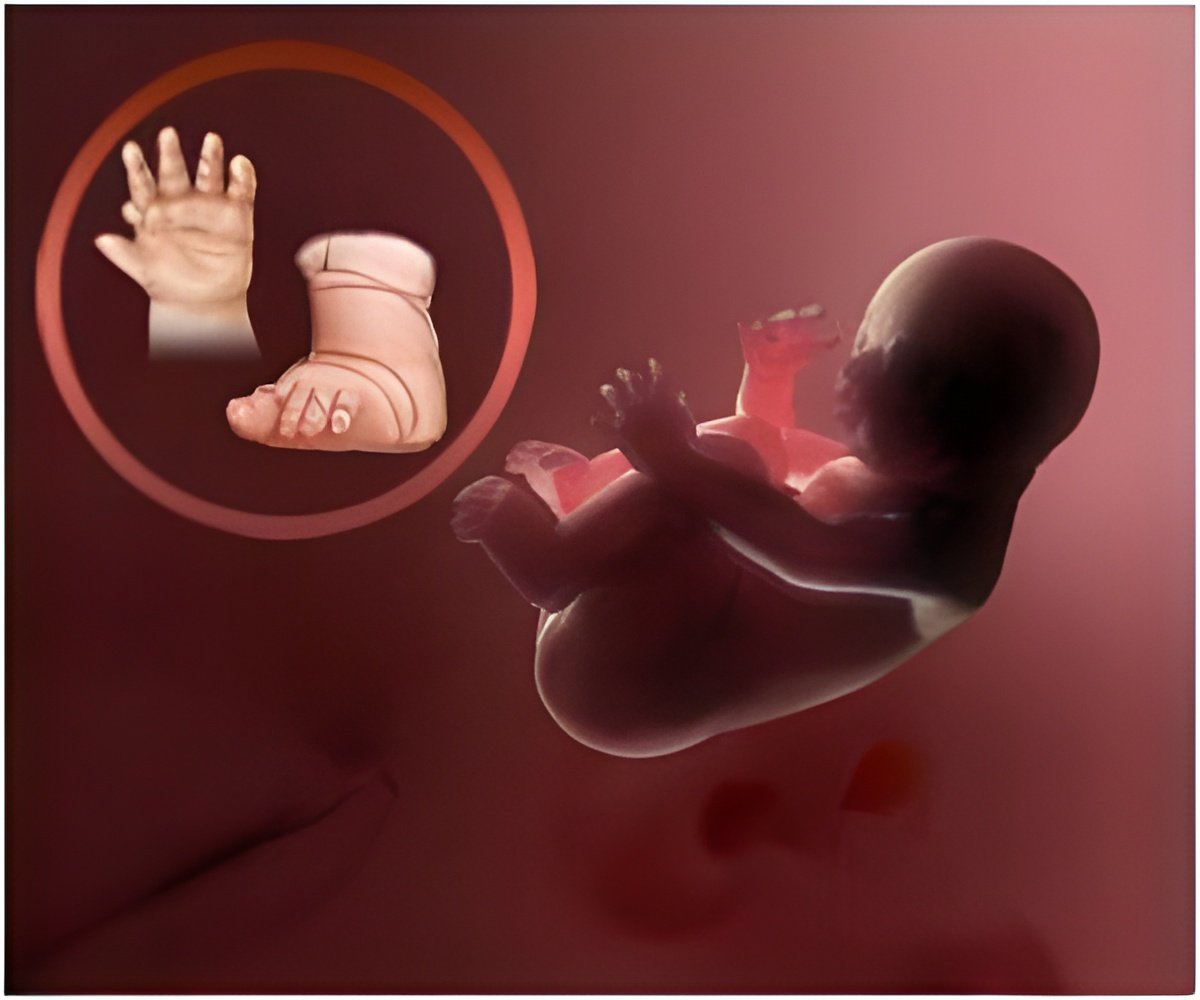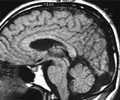Artificial intelligence (AI) can detect cystic hygroma, a birth defect, prenatally during an ultrasound.

Can AI Read Ultrasound Images?
In a new proof-of-concept study led by Dr. Mark Walker at the University of Ottawa’s Faculty of Medicine, researchers are pioneering the use of a unique Artificial Intelligence-based deep learning model as an assistive tool for the rapid and accurate reading of ultrasound images.//‘Artificial intelligence (AI) can detect cystic hygroma, a birth defect, prenatally during an ultrasound.’





The goal of the team’s study was to demonstrate the potential for deep-learning architecture to support the early and reliable identification of cystic hygroma from first-trimester ultrasound scans. Cystic hygroma is an embryonic condition that causes the lymphatic vascular system to develop abnormally. It’s a rare and potentially life-threatening disorder that leads to fluid swelling around the head and neck.
The birth defect can typically be easily diagnosed prenatally during an ultrasound appointment, but Dr. Walker – co-founder of the OMNI Research Group (Obstetrics, Maternal and Newborn Investigations) at The Ottawa Hospital – and his research group wanted to test how well AI-driven pattern recognition could do the job.
“What we demonstrated was in the field of ultrasound we’re able to use the same tools for image classification and identification with a high sensitivity and specificity,” says Dr. Walker, who believes their approach might be applied to other fetal anomalies generally identified by ultrasonography.
The findings were recently published in PLOS ONE, a peer-reviewed open-access journal.
Advertisement
Source-Eurekalert












